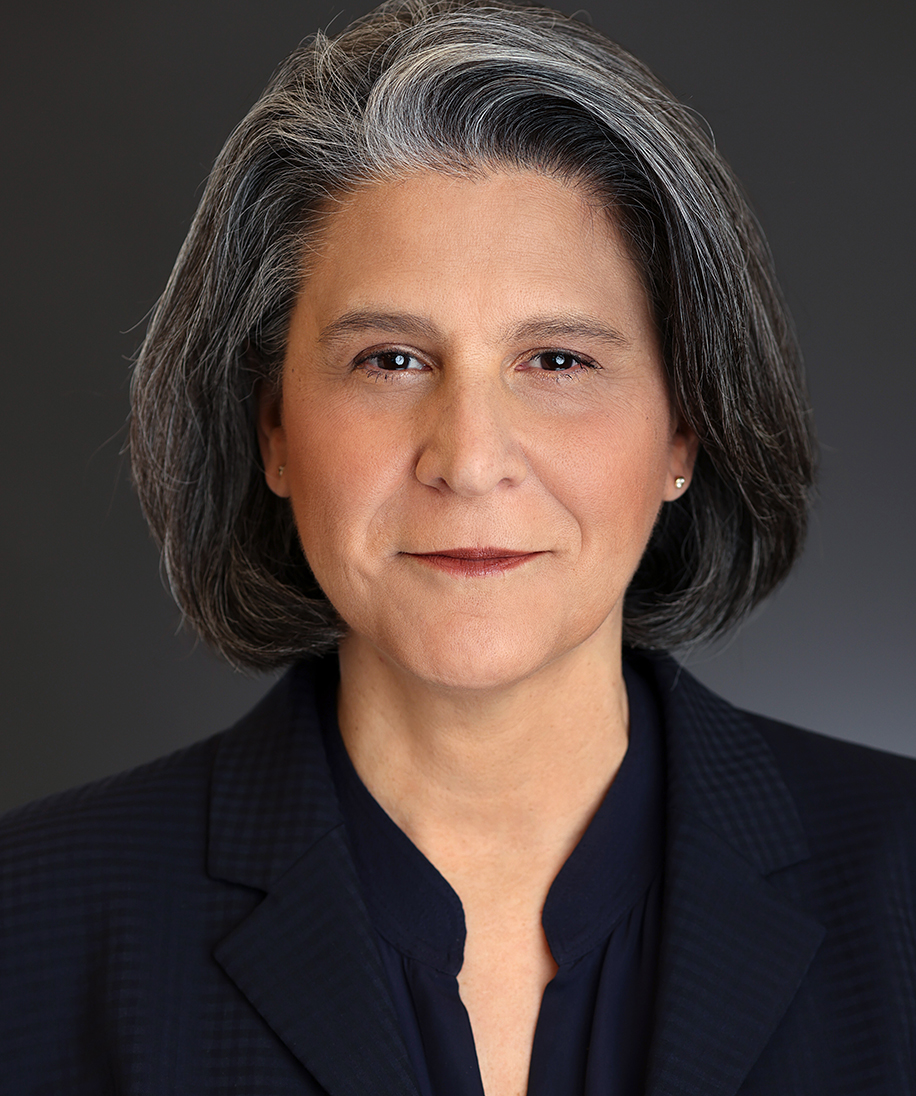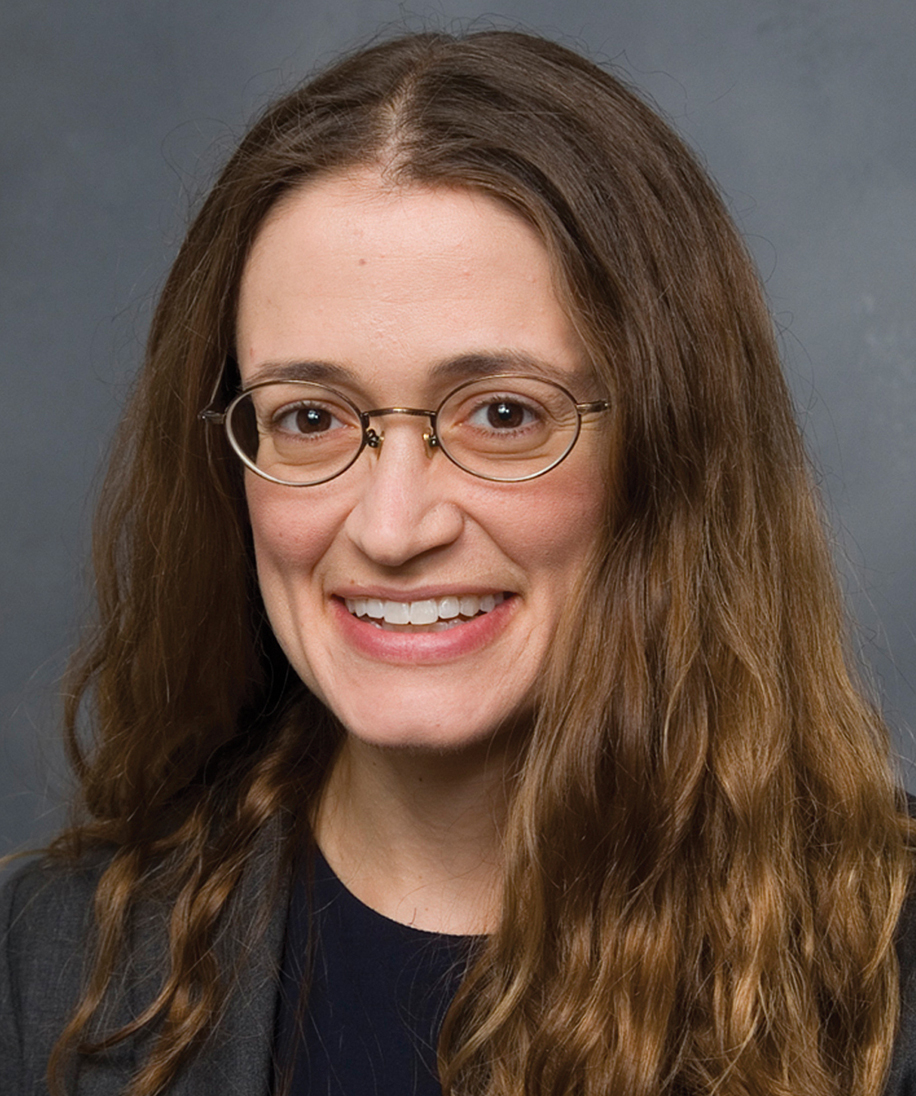Client Alert
In the Patent World, Humans Still Rule: USPTO Holds Artificial Intelligence Cannot Be an Inventor of a Patent
May 06, 2020
By Jennifer Baldocchi, Boris Lubarsky, Jessica Mendelson, Emily Pidot, & Emily Stover
The concept of personhood has been regularly addressed by the courts. Are corporations people? Does a dog barking qualify as a declarant making an out-of-court statement for the purposes of the hearsay rule? Can a monkey own a copyright? Do animals have standing to file suit? And, most recently in a new decision out of the U.S. Patent and Trademark Office (“USPTO”), does artificial intelligence (“AI”) count as an inventor?
On April 27, 2020, the USPTO answered this with a resounding “no,” as it denied a patent application that listed an AI “creativity machine” as the sole inventor—holding instead that a patent inventor must be a natural person. See Decision on Petition filed by DABUS c/o Stephen Thaler re Patent App’n No. 16/524,350 (United States Patent and Trademark Office, April 27, 2020).
Background
Stephen Thaler, the CEO of Imagination Engines, has been working on an AI system called DABUS for more than a decade. DABUS is a “creativity machine,” a particular type of AI programmed with a broad range of information, including abstract concepts such as color, emotion, and design. Utilizing this information, DABUS independently selects ideas for inventions that are sufficiently novel compared to its pre-existing knowledge base. For example, DABUS created a warning light that flickers to mimic brain activity, and can be used to catch a person’s attention in an emergency situation. Thaler filed patent applications for this invention in the U.S., the U.K., and the EU—listing DABUS as the sole inventor. When asked about the reasoning behind this decision, Thaler explained that even though he built DABUS, he had no expertise or knowledge regarding the invention itself. Because Thaler did not list himself as the inventor, he submitted a substituted statement under 37 C.F.R. 164, which is typically used when the inventor’s signature cannot be obtained through reasonable efforts. Thaler also submitted an inventorship statement, stating that the invention was conceived by DABUS. In his petition to the USPTO, Thaler argued that inventorship should not be limited to natural persons and he, therefore, should be allowed to list DABUS as the inventor.
USPTO Decision
Despite Thaler’s best efforts, the USPTO rejected his argument and held that “U.S. patent law does not permit a machine to be named as the inventor in a patent application.” Specifically, the language of U.S. patent law implies that the inventor must be a natural person:
35 U.S.C. § 101 defines an “inventor” as “an individual;”
35 U.S.C. § 101 refers to “whoever” discovers a novel and useful invention (as opposed to “whatever”);
35 U.S.C. § 115 refers to an individual, and uses pronouns specific to natural persons, such as “himself” and “herself.”
In rendering its decision, the USPTO also relied on prior Federal Circuit jurisprudence. Specifically, in the case of Beech Aircraft Corp. v. Edo Corp., the Federal Circuit held that “only natural persons can be ‘inventors.’”1 The Federal Circuit subsequently reemphasized this holding in the case of Univ. of Utah v. Max-Planck-Gesellschaft zur Forderung der Wissenschaften E.V., holding that “it is axiomatic, that inventors are the individuals that conceive of the invention.”2
Finally, the USPTO pointed to the Manual of Patent Examining Procedure (MPEP), which defines conception as “the mental part of the inventive act” and “the formation in the mind of the inventor of a definite and permanent idea.” The USPTO reasoned that the terms “mental” and “mind” indicate that conception must be performed by a natural person, rather than a machine.3
Takeaways
The USPTO’s decision aligns with existing copyright jurisprudence and regulations, which suggest that only humans may hold copyrights. Such regulations were highly publicized in the past few years in the famous “monkey selfie“ case, Naruto v. Slater, in which the Ninth Circuit found that the Copyright Act does not provide animals with standing to sue.4 The Naruto case ultimately led the U.S. Copyright Office to revise their restrictions on who can hold a copyright, limiting it to human beings. See 17 U.S.C. 202.02(b) (“The term ‘authorship’ implies that, for a work to be copyrightable, it must owe its origin to a human being. Materials produced solely by nature, by plants, or by animals are not copyrightable.”).
The USPTO’s decision and the Naruto case both suggest that only humans can hold patents and copyrights. As companies integrate AI platforms into their work, they must keep in mind that patent or copyright protection may be unavailable unless a person conceived of the invention. Companies should consider alternative means of protecting their intellectual property, such as by treating them as trade secrets. Unlike patents and copyrights, trade secrets need not be registered with a governmental body in order to be protected. Instead, a formula, program, device, or process may be protected if it is (1) secret, (2) economically valuable from not being known or readily ascertainable, and (3) subject to reasonable efforts to maintain secrecy. As long as the invention cannot be easily reverse engineered or independently discovered by someone else, trade secret protection may be the superior approach. After all, patent protections last only 20 years, while trade secrets can last forever.
Deciding whether to protect a new discovery under patent or trade secret law always begins with an initial inquiry into whether the matter is non-obvious, novel, and useful. After the USPTO’s recent decision, another question must be added to this list: is the inventor a human?
1 U Beech Aircraft Corp. v. Edo Corp., 990 F.2d 1237, 1248 (Fed. Cir. 1993) (emphasis added).
2 Univ. of Utah v. Max-Planck-Gesellschaft zur Forderung der Wissenschaften E.V., 734 F.3d 1315, 1323 (Fed. Cir. 2013) (emphasis added).
3 MPEP 2138.04 (citing Townsend v. Smith, 36 F.2d 292, 295 (CCPA 1929)).
4 88 F.3d 418, 426 (9th Cir. 2018).
Contributors






